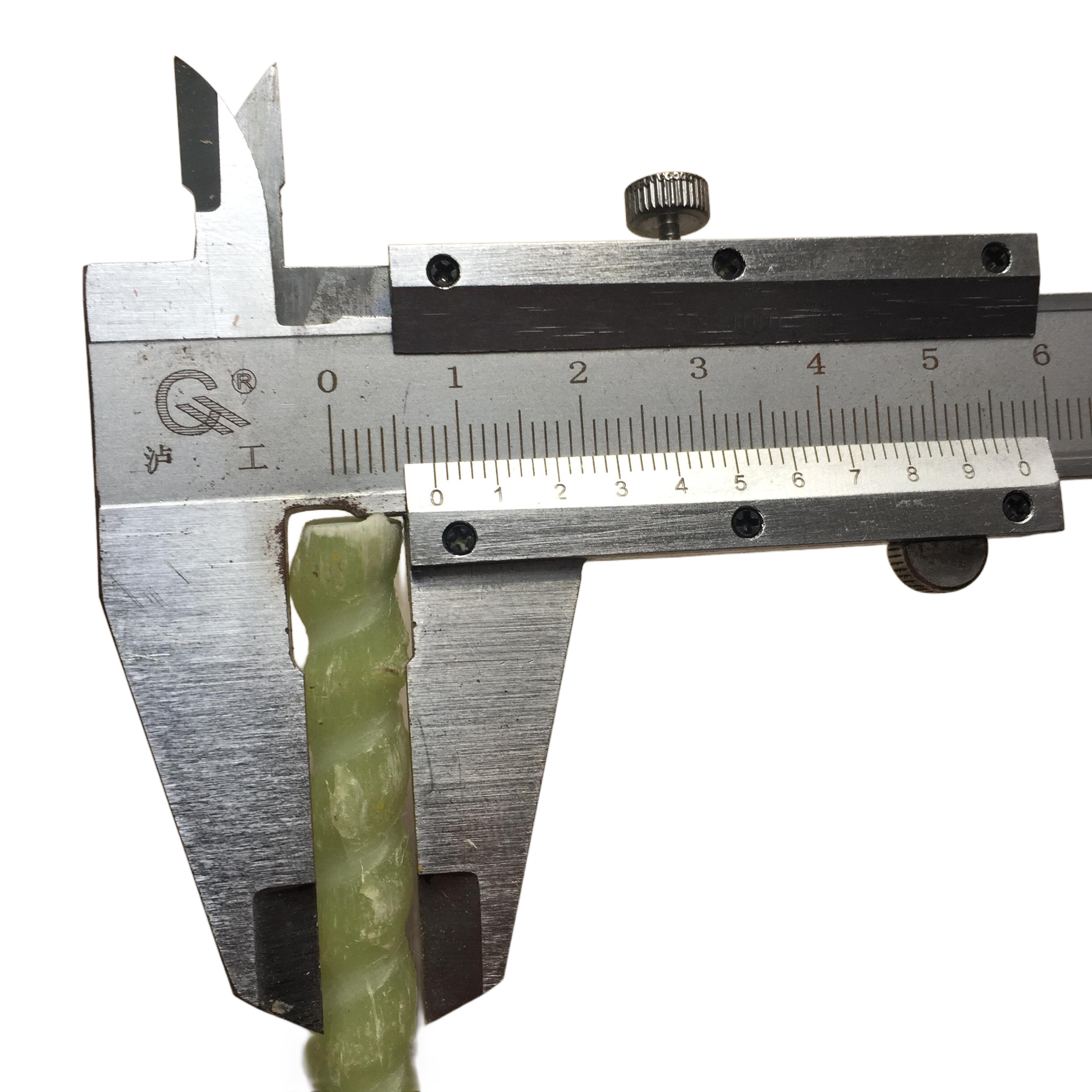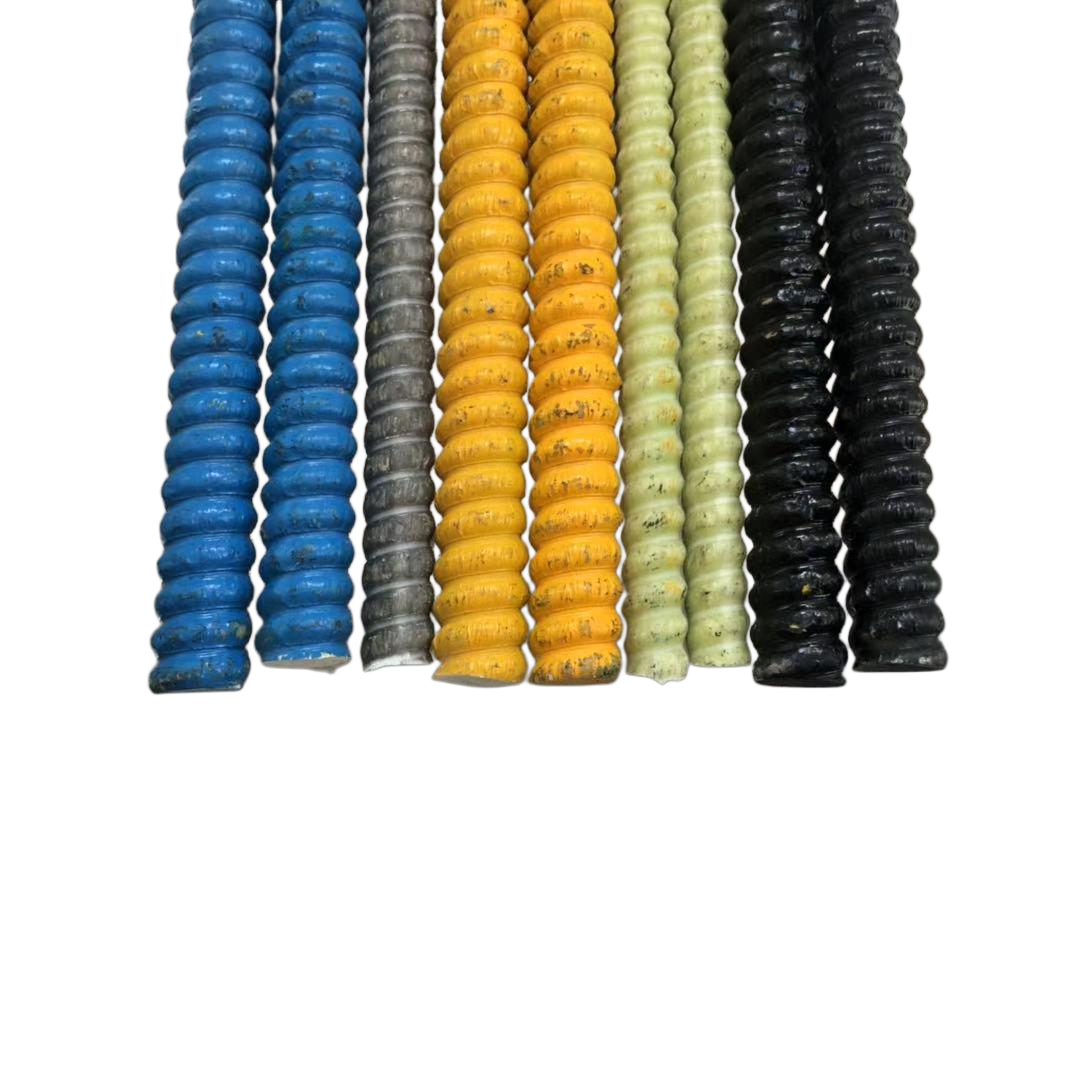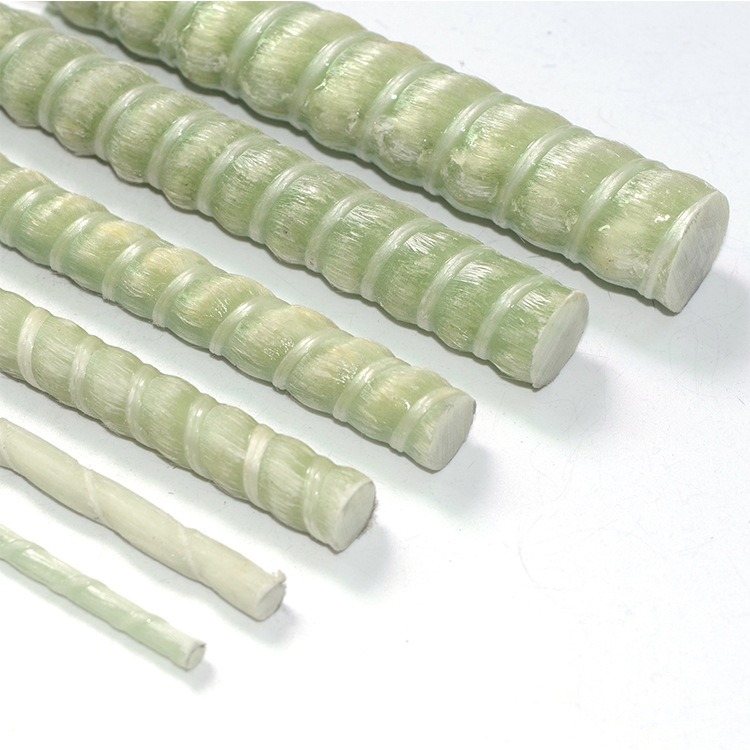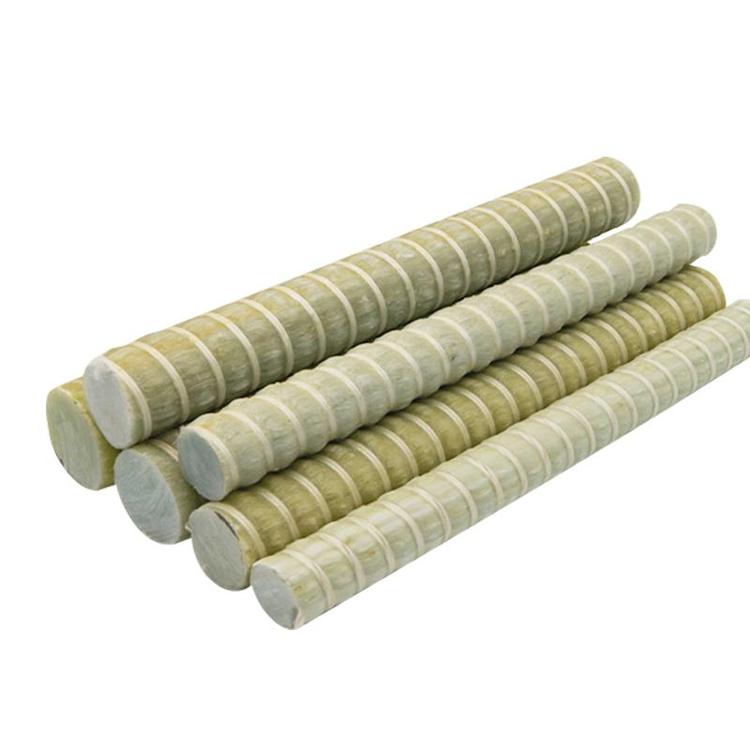Introduction
The construction industry has long relied on steel rebar as the primary reinforcement material in concrete structures. However, with advancements in material science, alternative reinforcement materials like fiberglass rebar have emerged. This raises a critical question: Is fiberglass rebar just as strong as steel rebar? This article delves into a comprehensive analysis of the mechanical properties, durability, and applications of both materials, aiming to provide a thorough understanding for engineers, architects, and construction professionals. By exploring the nuances of Fiberglass Rebar, we can assess its viability as a substitute for steel in various structural applications.
Mechanical Properties of Steel Rebar
Steel rebar, also known as reinforcing steel, is renowned for its high tensile strength and ductility. The typical yield strength of steel rebar ranges from 40,000 to 80,000 psi, depending on the grade. Its ductile nature allows it to undergo significant deformation before failure, which is crucial for absorbing energy during seismic events. The modulus of elasticity for steel is approximately 29 million psi, indicating its stiffness and ability to resist deformation under load.
Advantages of Steel Rebar
Steel rebar's popularity stems from its well-established performance record, availability, and familiarity within the industry. Its advantages include:
- High tensile and yield strength
- Excellent ductility
- Easy to bend and weld on-site
- Well-understood behavior in concrete structures
Limitations of Steel Rebar
Despite its strengths, steel rebar has notable limitations:
- Corrosion susceptibility, leading to concrete spalling and structural degradation
- High weight, increasing transportation and handling costs
- Magnetic properties, unsuitable for certain applications like MRI rooms
Mechanical Properties of Fiberglass Rebar
Fiberglass rebar, also known as Glass Fiber Reinforced Polymer (GFRP) rebar, is a composite material consisting of glass fibers and a resin matrix. Its tensile strength is comparable to or even exceeds that of steel, often ranging from 70,000 to 150,000 psi. However, its modulus of elasticity is lower, approximately 6 million psi, indicating that it is less stiff than steel and will experience more elongation under load.
Advantages of Fiberglass Rebar
The use of fiberglass rebar offers several benefits:
- High tensile strength
- Corrosion resistance, ideal for aggressive environments
- Lightweight, approximately one-quarter the weight of steel
- Non-conductive and non-magnetic properties
Limitations of Fiberglass Rebar
Despite its advantages, fiberglass rebar has some limitations:
- Lower modulus of elasticity
- Brittle failure mode without yielding
- Challenges with bending and field modifications
- Higher initial cost compared to traditional steel rebar
Comparative Analysis
When comparing fiberglass rebar to steel rebar, several factors must be considered, including tensile strength, durability, weight, and cost-effectiveness. While both materials provide adequate tensile strength, their mechanical behavior under load differs significantly due to variations in elasticity and ductility.
Tensile Strength and Modulus of Elasticity
Fiberglass rebar offers higher tensile strength than steel rebar, enhancing the capacity of concrete structures to withstand tensile forces. However, its lower modulus of elasticity means it will deform more under the same load compared to steel. This characteristic requires careful consideration in design to ensure deflections remain within acceptable limits.
Durability and Corrosion Resistance
One of the most significant advantages of fiberglass rebar is its exceptional resistance to corrosion. In environments where steel rebar would be prone to rust—such as marine structures, chemical plants, or de-icing salt exposure—fiberglass rebar offers superior longevity. This leads to reduced maintenance costs and extends the service life of structures.
Weight Considerations
The lightweight nature of fiberglass rebar, being roughly one-quarter the weight of steel, offers logistical advantages. It eases handling, transportation, and installation, especially in remote or hard-to-access sites. This can lead to time savings and reduced labor costs during construction.
Cost Analysis
While the initial material cost of fiberglass rebar is higher than that of steel, the overall lifecycle cost can be lower. The reduction in maintenance, coupled with longer service life and decreased transportation expenses, can make fiberglass rebar a cost-effective option over time. A detailed cost-benefit analysis should be conducted for each project to determine the most economical choice.
Applications of Fiberglass Rebar
Fiberglass rebar is particularly advantageous in specific applications where its unique properties can be fully utilized. These applications include:
Marine and Coastal Structures
In environments with high salinity, such as seawalls, piers, and docks, the corrosion resistance of fiberglass rebar significantly extends the structure's lifespan. Traditional steel rebar would require protective coatings or cathodic protection systems, adding complexity and cost.
Chemical Processing Facilities
Facilities that handle corrosive chemicals benefit from the inert nature of fiberglass rebar. It ensures the integrity of containment structures and flooring without the risk of chemical reactions that could compromise safety.
MRI Rooms and Electromagnetic-Sensitive Environments
Since fiberglass rebar is non-magnetic, it is ideal for use in hospitals for MRI rooms and other facilities where electromagnetic interference must be minimized. Steel rebar can disrupt sensitive equipment due to its magnetic properties.
Cold Regions and Freeze-Thaw Cycles
In areas subjected to frequent freeze-thaw cycles, the use of de-icing salts accelerates the corrosion of steel rebar. Fiberglass rebar eliminates this concern, enhancing the durability of roadways, bridges, and sidewalks.
Design Considerations
Engineers must account for the different mechanical properties of fiberglass rebar during the design process. Key considerations include:
Deflection and Serviceability
Due to its lower modulus of elasticity, structures reinforced with fiberglass rebar may experience greater deflections under load. Design codes provide guidelines to ensure that deflections remain within acceptable limits to prevent serviceability issues.
Shear Strength
Fiberglass rebar has different shear characteristics compared to steel. Proper detailing and, if necessary, additional reinforcement may be required to address shear forces adequately.
Bending and Fabrication
Unlike steel rebar, fiberglass rebar cannot be bent on-site due to its composite nature. Bends must be fabricated during production, requiring precise planning and ordering of materials to match the design specifications.
Case Studies
Several projects have successfully implemented fiberglass rebar, showcasing its effectiveness:
Bridge Decks in Aggressive Environments
In northern regions, bridges exposed to de-icing salts have utilized fiberglass rebar to prevent corrosion-related deterioration. Studies have demonstrated improved durability and reduced maintenance requirements over time.
Wastewater Treatment Plants
The corrosive gases present in wastewater facilities pose a challenge for steel reinforcement. Fiberglass rebar has been used to enhance the longevity of concrete tanks and infrastructure within these plants.
Standards and Regulations
The adoption of fiberglass rebar is supported by various standards and guidelines:
ACI Guidelines
The American Concrete Institute (ACI) has published guidelines such as ACI 440.1R, which provide recommendations for the design and construction of concrete reinforced with fiber-reinforced polymer (FRP) rebar.
ASTM Standards
ASTM International provides standards like ASTM D7957 for the specification of solid round glass fiber reinforced polymer bars for concrete reinforcement, ensuring material quality and performance consistency.
Environmental Considerations
Fiberglass rebar contributes to sustainable construction practices:
Reduced Environmental Impact
By extending the lifespan of structures and reducing the need for repairs, the use of fiberglass rebar minimizes resource consumption and waste generation over a project's lifecycle.
Lower Carbon Footprint
The production of fiberglass rebar generates less carbon dioxide compared to steel production, contributing to the reduction of greenhouse gas emissions associated with construction materials.
Conclusion
In conclusion, fiberglass rebar presents a viable alternative to steel rebar in many applications, offering advantages in corrosion resistance, weight, and durability. While it matches or exceeds steel in tensile strength, considerations regarding its lower modulus of elasticity and handling must be integrated into the design and construction process. The decision to use Fiberglass Rebar should be based on a thorough evaluation of project requirements, environmental conditions, and lifecycle costs. As the construction industry continues to evolve, embracing innovative materials like fiberglass rebar can lead to more sustainable and long-lasting infrastructure.




























